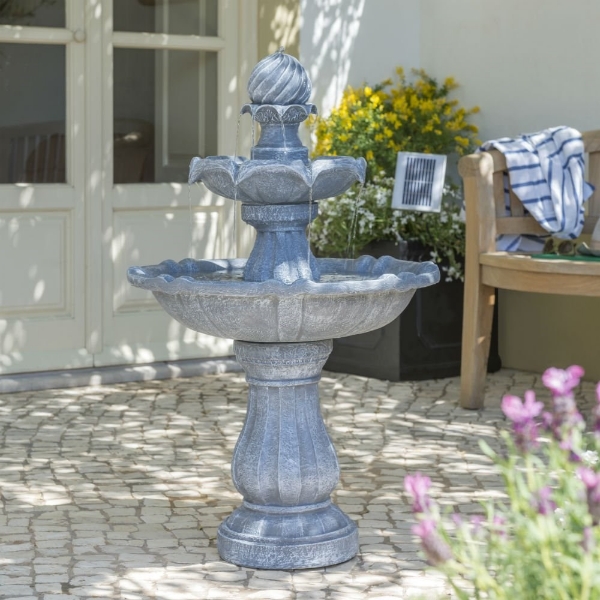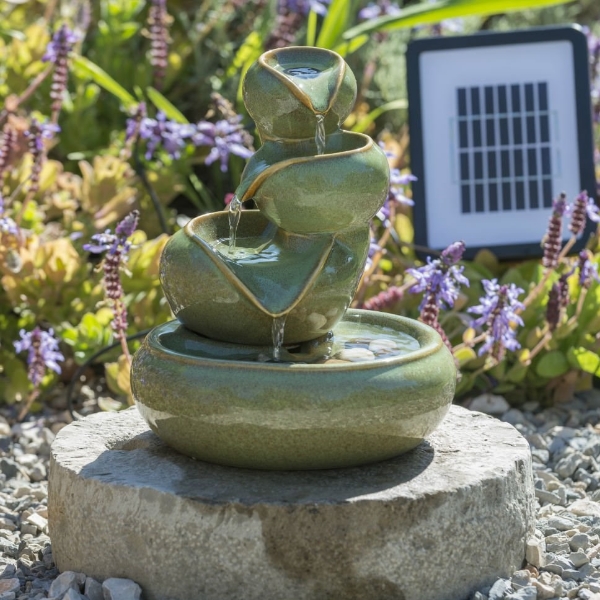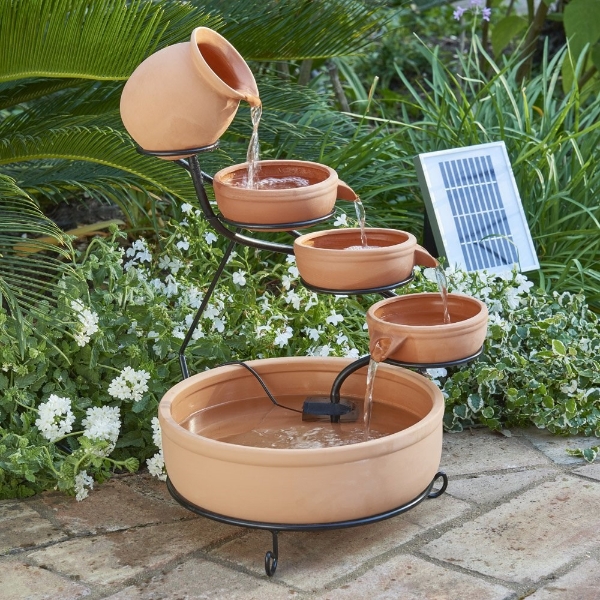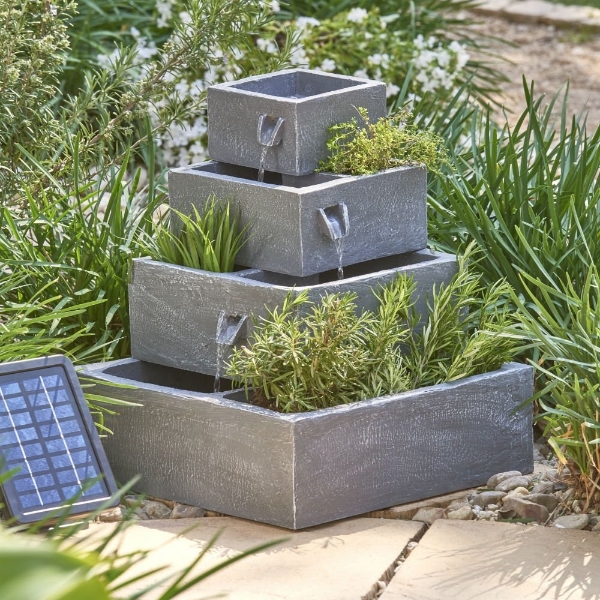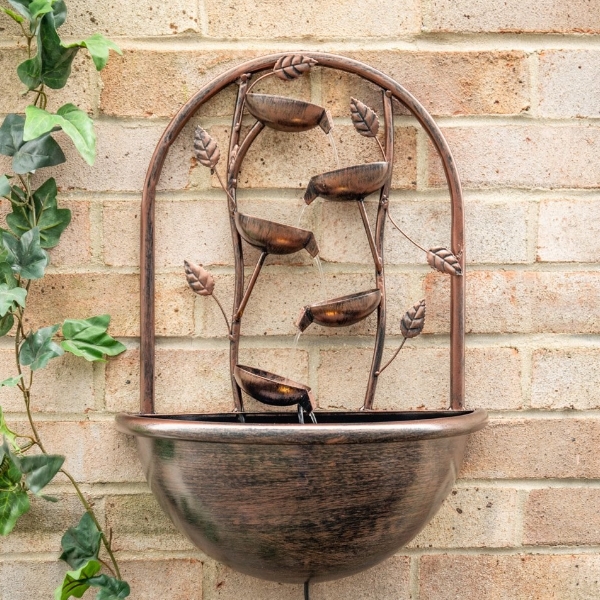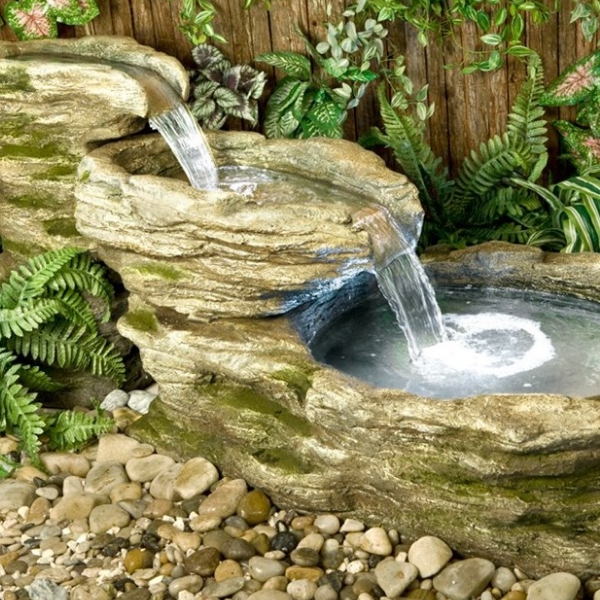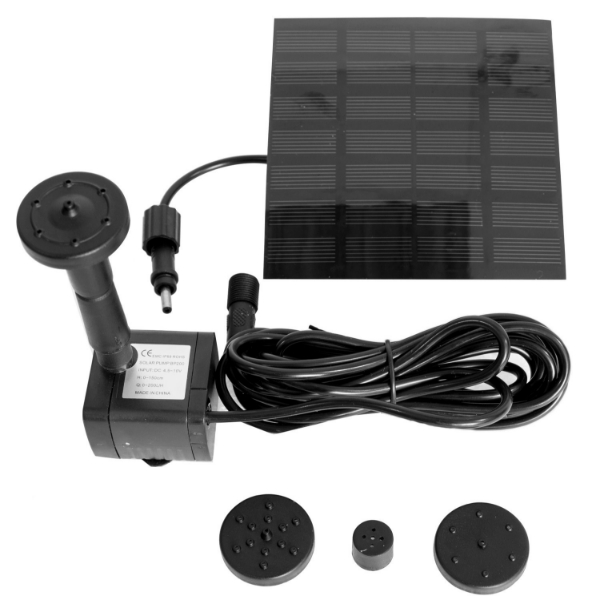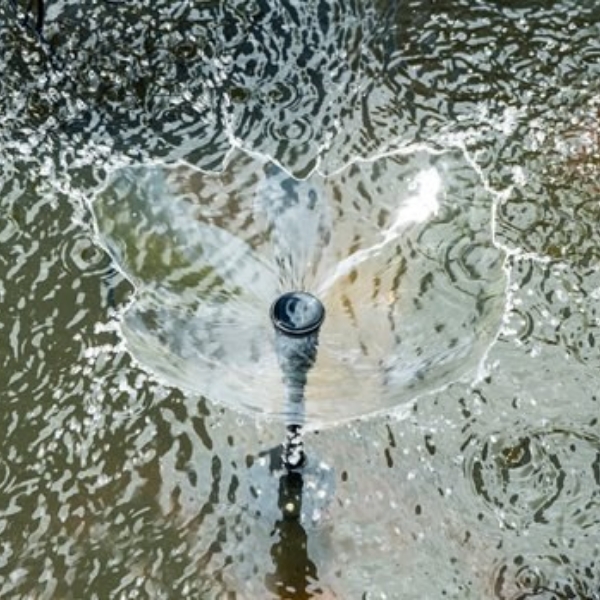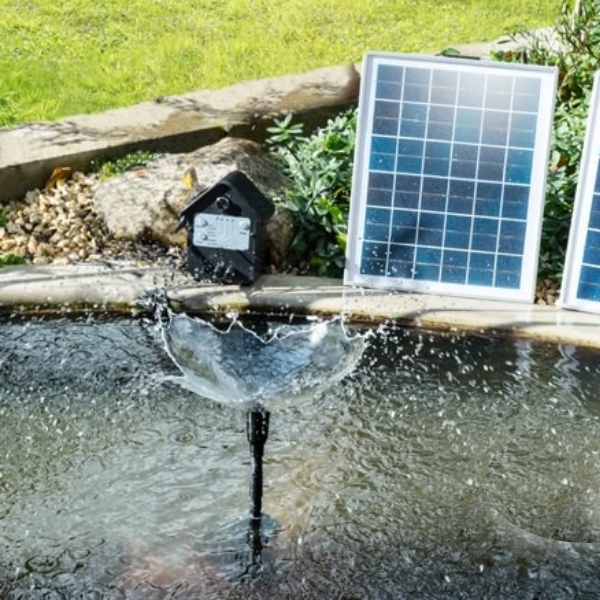
The majority of water features work in the same way: the water is stored in the reservoir which contains the water while it’s not moving through the feature, and a pump is necessary to move the water, usually against gravity. Next you’ll see it flowing down as gravity brings it back down to the reservoir.
Why a Water Feature?
Water Features are a great and easy way to refresh your garden and add life to it (quite possibly literally!) is to add a water feature to your space. They can be added to your garden to make it more of a sensory experience, which is great for children and the elderly in assisting with becoming more aware of their surroundings and helping with practices such as mindfulness.
What is a reservoir?
Reservoirs are used to hold the water that is pumped around the water feature, usually at the bottom of the water feature. Reservoirs are either built into the water features or if you want a recirculating water feature, you will need to purchase one separately.
Do water features need electricity?
Yes, water features do require some form of electricity to pump the water around the feature. This is required as often the water will be pumped against gravity and will need to be moved around the water feature otherwise it will all gather in one place on the water feature and the water will stop flowing. Read more with our ‘Do Water Features Need Electricity?‘ blog
How are water features powered?
Water features can be powered in one of two ways by mains electricity or you can get solar powered water features which have their own mini solar panel. We have yet to see a pedal-powered water feature!
How do Solar Water Features work?
Solar water features have a mini solar panel which works the same as solar panels you see on top of houses. By absorbing sunlight it harnesses that energy to generate a voltage. In most cases the solar panel is connected directly to the pump, and this voltage then powers the pump.
Discover our great range of solar water features.
Why a Solar Water Feature?
Solar water features are both quicker and easier to install than mains powered water features. Location can be a big factor on choosing between solar and mains powered fountains and is definitely something to consider. Is your chosen spot sunny? Is it near a safe outdoor plug socket? Are among some of the many questions you should think about. Solar powered water features can ease environmental concerns when choosing a water feature as all energy generated to run the water feature is sustainable and renewable. However, larger water features are best run on mains power as they require more energy to run.
Solar Water Feature Examples
Do solar powered water features need electricity?
Solar powered water features do not need electricity as they create their own. This is why they don’t need to be plugged into mains electricity. Many people use a back-up battery with their solar water features, so it still doesn’t need to be plugged into mains but will continue to work if the sun stops shining.
What is a self-contained water feature?
A self-contained water feature means that it already has a reservoir attached or included. Hence the water feature has everything it needs to get going straight away. Water features that aren’t self contained require a hose or mains water attachment to provide them with water. Or a reservoir will need to be bought to set it up as recirculating.
Should my Water Feature Fountain run all the time?
You can also get filter pumps which use electricity to filter and clean the water and are useful in ponds.
There are benefits and drawbacks to keeping a water feature running all the time. The benefits are that it can actually be better for the pump and increase the lifetime of the water feature. Keeping the water flowing round the fountain can also prevent any build up of unsightly mineral deposits and other sediments. However during the winter many people do put their water features away to protect them from any harsher weather conditions. Such as ice, which can expand in any crevices in the water feature and cause cracks. If you won’t see your water feature much during winter it might be worth turning it off. Especially for the additional savings for your wallet, saving you any expenditure on running costs.
How does a Water Feature Pump work?
A water feature pump uses electricity to pull water in and away from different parts of the water feature. There are two types of water feature pumps: wet pumps which need to be submerged in water at all times, this helps to keep the motor cool and also dry pumps. Water pumps are categorised and rated by the amount of water they can pump per hour. In the UK this is measured in litres per hour (LPH).
How to Look After Your Water Feature if Stopped
If you do stop using it we recommend giving it a clean before covering it in a water feature cover. Then putting it in storage in a shed or garage. Then when ready to use again, clean once more and check all parts have not been damaged.
Can any Water Fountains work without Electricity?
Aside from nature’s original water feature – the waterfall – all water features need electricity in some form. Although this does not necessarily mean mains electricity.
How do Indoor Water Features work?
Indoor water features are normally recirculating. They usually work the same as outdoor water features. The water is stored in the reservoir which contains the water while it’s not moving through the feature, a pump moves the water against gravity, then it flows down as gravity brings the water back to the reservoir.
How do Bubble Water Features work?
Bubble water features work slightly differently. The pump pushes air rather than water. For instance in a bubble water wall the pump will push air through the wall and then distributes itself around the whole surface of the wall. This creates the soothing bubbles and noises you see in a bubble water feature. Bubble water features are a great choice if you want a contained water feature. Bubble water features are easy to maintain and work great in both indoor and outdoor spaces.
Now you’ve learned the ins and outs of how water features work, check out our review of the best water features for your small garden.
Final Photo by Dave Hoefler on Unsplash (Waterfall Photo)
